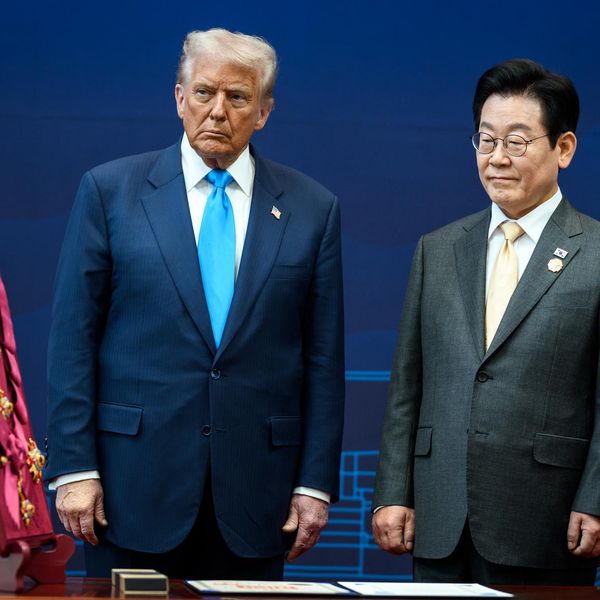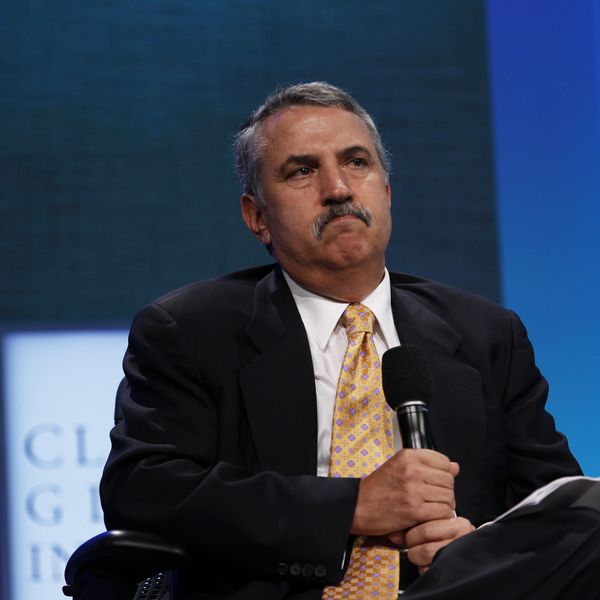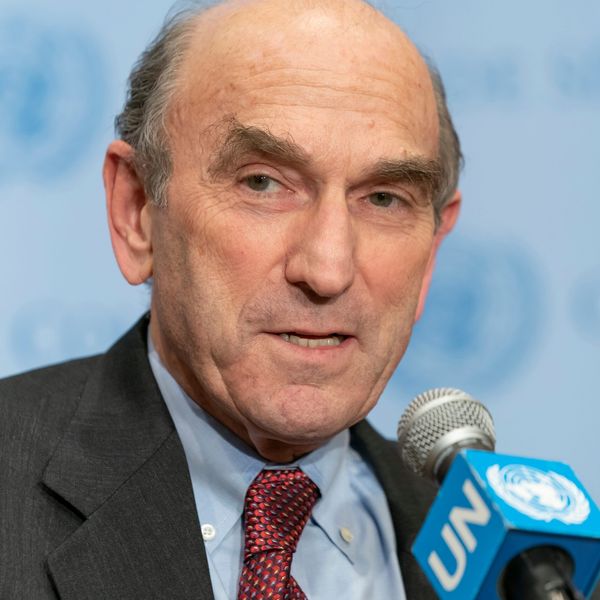Saudi Crown Prince Mohammad bin Salman’s recent televised statement repudiating normalization with Israel in the absence of Palestinian statehood has generated a lot of interest. Perhaps it is, as some think, a cognition that Israel is beyond the pale even for the notorious MBS and that he has bowed to domestic and international pressure to distance himself from his talk about normalization.
And since few believe that Palestinian statehood is in the cards, the logical conclusion is that normalization isn’t either. Israel’s alleged aggression against Lebanon and Syria, two states at war with Israel since 1948, has been cited as an impediment to normalization.
There is an alternative take on MBS’s latest pirouette. It goes something like this:
Up until quite recently, MBS was eager to downplay the Palestinian dimension of normalization. While Secretary of State Antony Blinken was telling the Israelis that there had to be a “credible” pathway toward Palestinian independence, MBS wished to dispense with standard of credibility, and to propose to the Israeli and U.S. governments that the threshold for normalization be some sort of undefined process, regardless of its credibility.
Meanwhile, he spoke publicly and privately about his continued interest in normalization. So, the question is, which is the “real” MBS? The one who wanted to water down the precondition of a statehood negotiations, or the one who just made a speech on television insisting on independence before normalization?
This is an awkward question given his tendency to flip flop. On Iran, Yemen, Lebanon — whose prime minister MBS had kidnapped in 2017 — the Biden administration, allocation of resources to flagship projects, and other less dramatic issues, he has proven to be a mercurial decision maker. Where he winds up and the “stickiness” of his decisions is difficult to determine. It would not be at all surprising, therefore, if the condition of Palestinian independence as an a priori requirement for normalization was rolled back when the heat died down.















